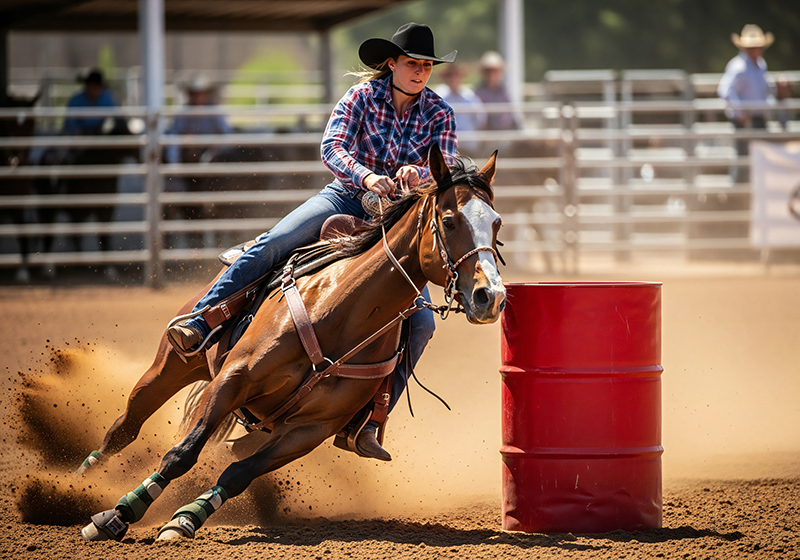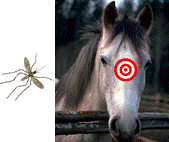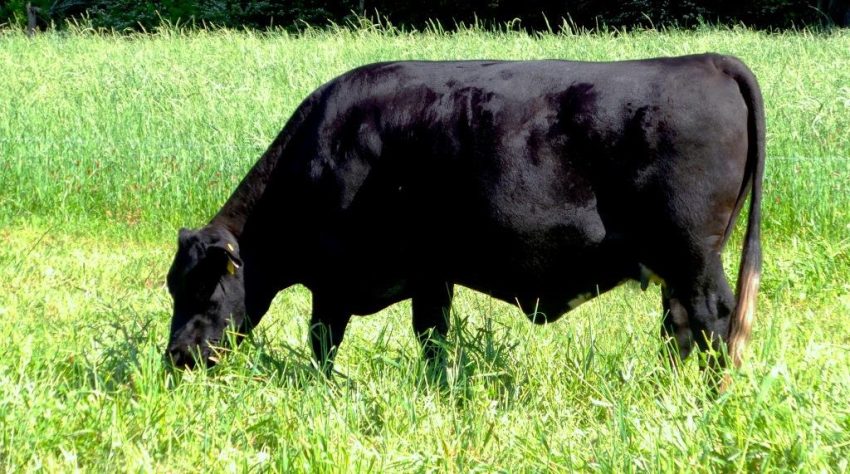
by Amanda Masholie | Nov 21, 2025
Amanda Masholie, Sustainable Ag & Small Farms Agent, UF/ IFAS Walton County Extension, Jennifer Bearden, Agriculture Agent, UF/ IFAS Okaloosa County Extension, Kaylan M. Waters, Agriculture Agent, UF/ IFAS Holmes County Extension, Dr. Sally De Notta DVM, DACVIM,...

by Saundra TenBroeck | Oct 10, 2025
Saundra TenBroeck, State Extension Horse Specialist, Department of Animal Sciences In 1984, with Roger West as department chair, the Department of Animal Sciences launched a two-year search for someone to give departmental leadership to youth livestock programs. He...

by external | Sep 19, 2025
Mark Z. Johnson, Oklahoma State University Extension Beef Cattle Breeding Specialist Some basic rules of thumb to follow when determining the hay supplies you will need to sustain your cow herd over the winter and into next spring. Determine your average mature...

by Amanda Masholie | Sep 12, 2025
Florida’s year-round mosquito population poses a serious threat to equine health. Mosquito-borne viruses such as Eastern, Western, and Venezuelan Equine Encephalitis (EEE, WEE, VEE) and West Nile Virus (WNV) can cause severe neurological damage and high mortality...

by Marcelo Wallau | Sep 5, 2025
Marcelo Wallau, Maria Elena Mailhos,Ashley Kanobroski UF/IFAS Agronomy Department Forage Team, Cheryl Mackowiak, UF/IFAS NFREC Soils Scientist, and Diwakar Vyas, UF/IFAS Animal Sciences Ruminant Nutritionist Selecting the right forage varieties can significantly...

by Mark Mauldin | Aug 22, 2025
If you are raising livestock in North Florida, cool-season forages are an opportunity that you do not need to miss out on. Our winters here are mild enough that we are able to grow a wide variety of annual forage crops through the winter. Doing so allows for...







